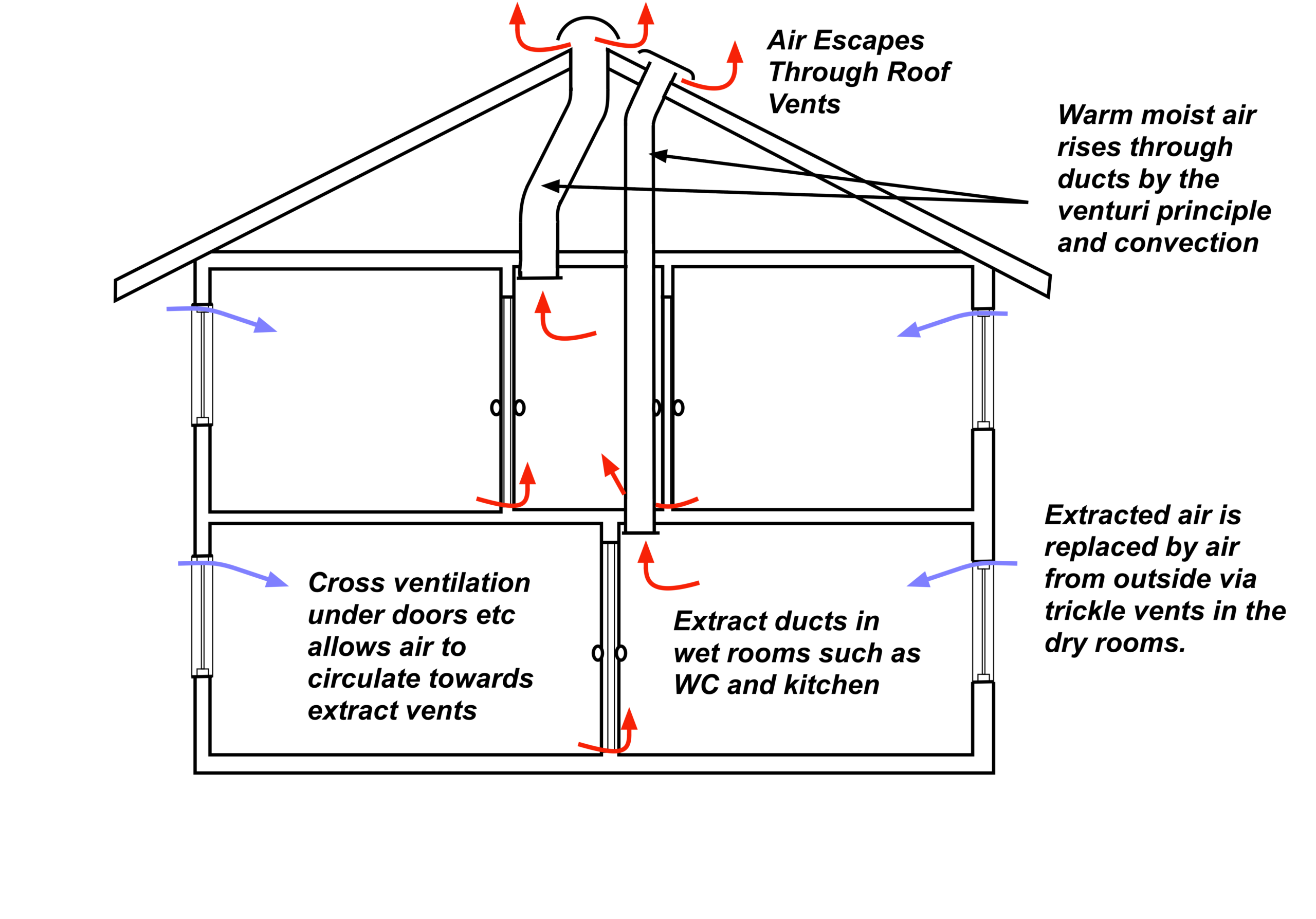
We believe that sealing the space in three stages is the most effective way to do it: So, how does Mechartes handle the stack effect in buildings? How Mechartes Can Help with the Stack Effect in Buildings Once a space is occupied, it's very difficult to detect and correct the stack effect. It has been our experience that the plans before construction meetings are often not followed to seal the openings. The spaces can be regulated by their environment if you achieve this since they will no longer be affected by the building pressure. The walls, floors, floor slabs above and below must be sealed to prevent leakage into the building area. Separating the lower-level spaces from the building core is the key to solving subsequent stack effects. Whenever there is a connection between the building core and the outside, the buoyant air leaking through these openings can create negative pressure on lower floors and pull air in. In most cases (retailers, supermarkets, restaurants, etc.) these spaces share common walls with the core of the building. The stack effect can be minimized in several straightforward ways, but we will be focusing on each space at the ground level or sub-grad level.
#Darc effect stack how to#
So, if a stack effect does happen, can that be managed? How to Manage Stack Effect? To reduce cold air infiltration during rush hour, a revolving door will be the right option, as it prevents two entrances from opening simultaneously. It was necessary to disrupt the airflow out of the space to help minimize the stack effect in this room. Considering the current volume of the room, if it remained as is, the warm air would replace it within 60 seconds with 20-degree air. Similar to the morning rush hour, if both sets of doors were opened simultaneously, air would exit the store and enter the lobby while the opposite would happen outside. Let's assume some pressure readings that confirm the above scenario. If the outdoor temperatures fall below 20 to 30 degrees Fahrenheit, the building will be under extreme negative pressure. During the morning and lunch hours, both entrances see high levels of traffic. Their location has prompted them to have street and lobby entrances. Picture a ground-floor business in a 70 storey tower. So how does the stack effect work? Scroll down to learn. It may take up to 30 minutes for this same area to get warm again, with closed doors, which then creates unmanageable heating requirements in extremely cold temperatures. If not addressed properly, the air in a high-rise building on the street level is likely to be replaced in under a minute. Lower floors are subject to negative pressure when the building is tall and the temperature outdoors is cold. Due to this movement, the lower levels experience negative air pressure, which draws cold air from the outdoors. The warmer, indoor air rises, so it pushes upwards through various openings in the upper floors to exit the building.

Tall buildings experience this phenomenon when outdoor temperatures are significantly lower than inside temperatures.

This is also known as the Chimney Effect. At the bottom, cracks and air gaps are created by the pressure difference and the flow of air. Lower pressure at the bottom is caused by this law of physics, causing the convection of air. Because of this, the upper levels of a tall building are generally warmer. Secondly, cold air sinks and hot air rises. To achieve a uniform temperature through its flow, air seeks equilibrium at all times. Understanding the stack effect is a matter of knowing two basic concepts.

All types of buildings use this phenomenon to circulate air, cool, and heat. The stack effect can be explained as indoor air being blown through a building envelope by large volumes of outside air.


 0 kommentar(er)
0 kommentar(er)
